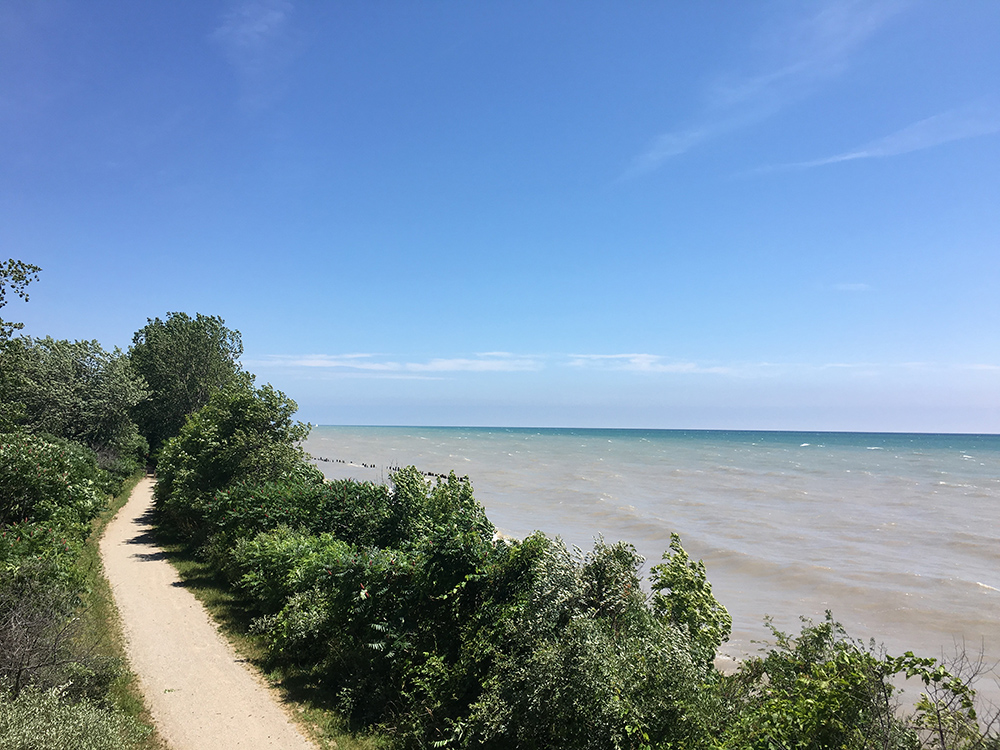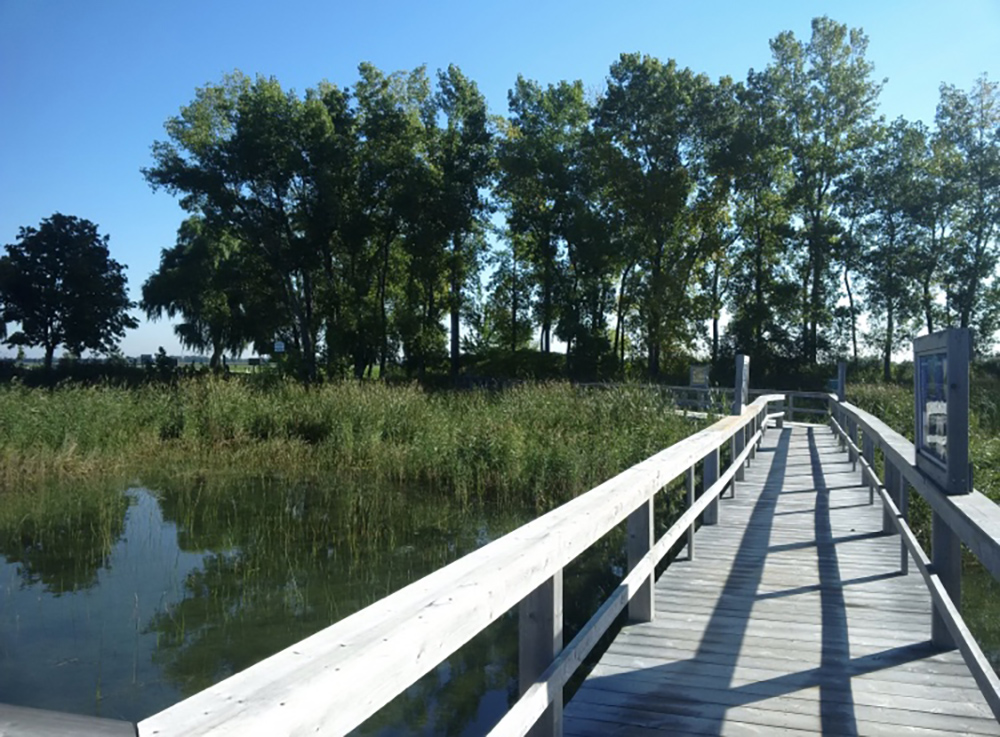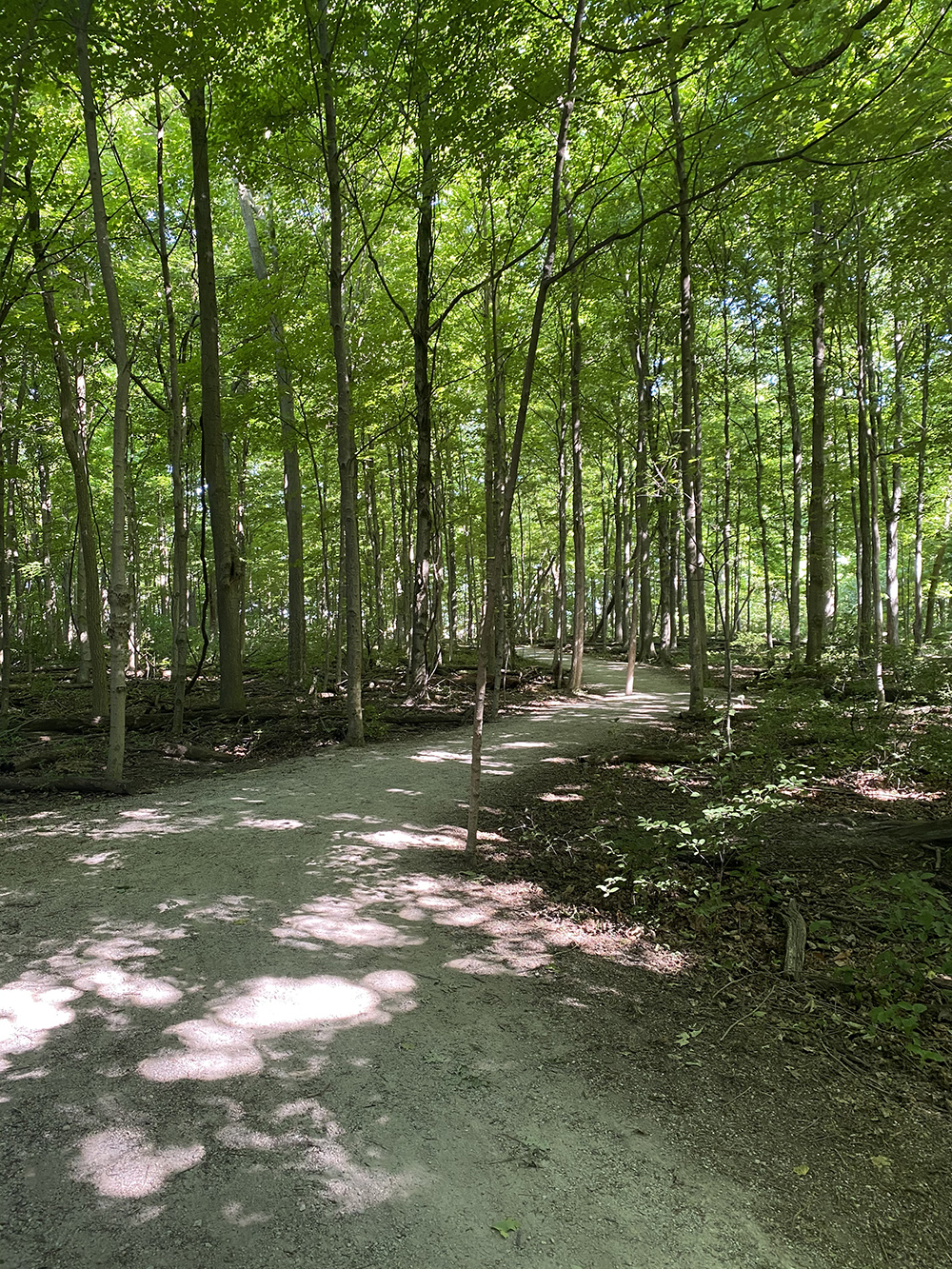Parks: The Humble trail
What are we doing this weekend? Prior to COVID-19, trails would have been an afterthought. However, as the pandemic progressed and the number of alternative activities decreased, one common recreational activity stood its ground: the Humble Trail.
I say the “Humble Trail” because it is often a place where you can go to escape, to quiet your soul, to get away from the screaming city, and (more recently) to travel from one part of the city to another. It is not built-up, overbearing, or overstimulating. The trail is peaceful, comforting, and always there when you need it.
A trail can be anything to anyone. If you are alone, it can present you with the opportunity to listen and reconnect to nature. Many trails lend themselves to multiple activities such as walking, running, and cycling. They also provide opportunities to discover new hobbies, such as bird watching, tree and plant identification, fishing, and water sports such as kayaking and canoeing. For my young family, our local nature trails provide us with grand adventures as we watched our children exploring the natural world. The opportunities on a trail are endless when you use your imagination.

When the COVID-19 pandemic hit, there was uncertainty as to how long it would last. As March unfolded, it became apparent that we were in it for the long haul. For some, social distancing has been a comfort. However, for many, cabin fever (pandemic fatigue) set in rather quickly. Humans are social beings by nature, so to be separated and closed off to the outside world can begin to take a toll.
As Ontario closed its doors, trails remained open in many locations. Municipalities often encouraged trail use to alleviate pandemic fatigue, encourage physical activity, and to indulge in fresh air and the natural world. Trail use varied as each community set up their own interpretation as to how trails could be used and what amenities along these paths could remain open. As administrations reviewed their trails, they had to take into account the width of the trails offered to the public (could social distancing be maintained), and their capacity (could they handle the influx of foot traffic), what “touch” amenities were located along those trails (washrooms, benches, signage). Even the Humble Trail became a source of scrutiny as administrations examined the risk of keeping them open to the public.
If you were located in an urban pandemic hotspot, access to trails was frequently walk-through only. However, many communities in Ontario are rural and their trails are widespread. Due to the timing of COVID-19, spring trail maintenance—and therefore use—was delayed. However, as the weather warmed up, with snow melting and the ground becoming more stable, the pandemic caused an increase in demand and use of the Humble Trail. It became a saviour for Ontario residents as it offered many safe physical activities to do alone or with family.

As I walk the trails located within my own municipality of Chatham-Kent, I have watched trail use skyrocket. Last year, it would be common to walk a trail anywhere within the community and only encounter a handful of people over the course of the entire trek. During this pandemic, I have witnessed families rediscovering the simplicity of walking or cycling through their local trails. The appreciation for these amenities is reflective in the residents’ interaction with them. Locally, our residents have added their own dash of creativity into trails by placing painted “positivity rocks,” giving hope and inspiration to the community around them.
Unfortunately, as trails are quiet sanctuaries, they are often forgotten by local governments and landscape architects. That has changed throughout the pandemic. As Professionals in our varying fields of expertise, if we could take one thing away from this experience it would be to respect our trails: advocate for their use, demand more funding, and stand with your administration for new infrastructure to be established. As landscape architects, we are often looking at the built features we can design; however, these quiet spaces also need our attention because it is from these we can have a huge impact on the communities where we live and work.
Text by Genevieve Champagne, mother of two very active little girls and the Active Transportation and Special Events Coordinator for the Municipality of Chatham-Kent.

